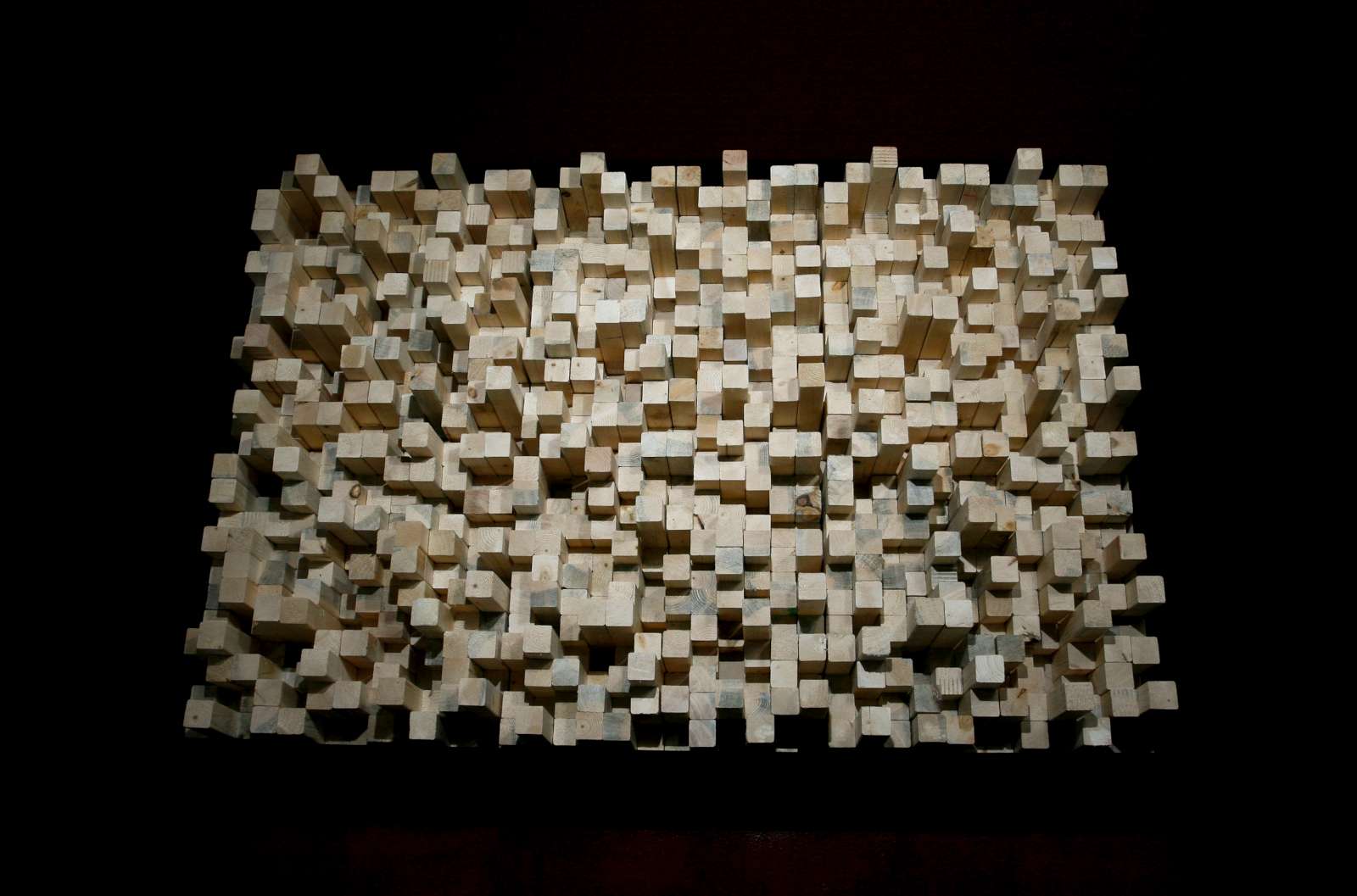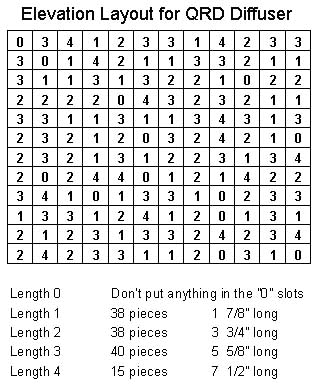After two long nights working on trying to stabilize the sound system based around cobranet and not getting to solid ground, I have decided to do my best to patch completely around the network audio side of the rig. Much of the system already has copper lines run as a backup to cobranet (note to self, “one must wonder about a system that is redundant by design that needs a third and different backup”). All of the signal distribution between the house DSP (Biamp Audia Flex) is achieved via cobranet. There are a few analog lines coming in to DSP units here and there but it’s possible that there simply is no way around using cobranet for some signal distribution (backstage, lobby, program, etc…) because there is simply no way to distribute that much audio in the analog domain of the system.
We’ve already bypassed the cobranet component of the main L/R arrays. Overstage monitors are working without any network audio. Subs will be easy. Front fills are ready. Underbalc / other delay rigs are a concern. Will I have time to set new delay times once I completely bypass the house DSP?
Fortunately some parts of the system have onboard DSP (some of the Renkus Heinz speakers) so maybe the job won’t be such a big deal. For example, if the Main L/R speakers are EQed internally, nothing is lost by bypassing the house DSP. Only delay times will change due to removing some of the latency of the system.
So before the first show on Friday night, I need to measure and verify all the venue speakers and my own speakers (eq and delay as necessary).
More soon…


